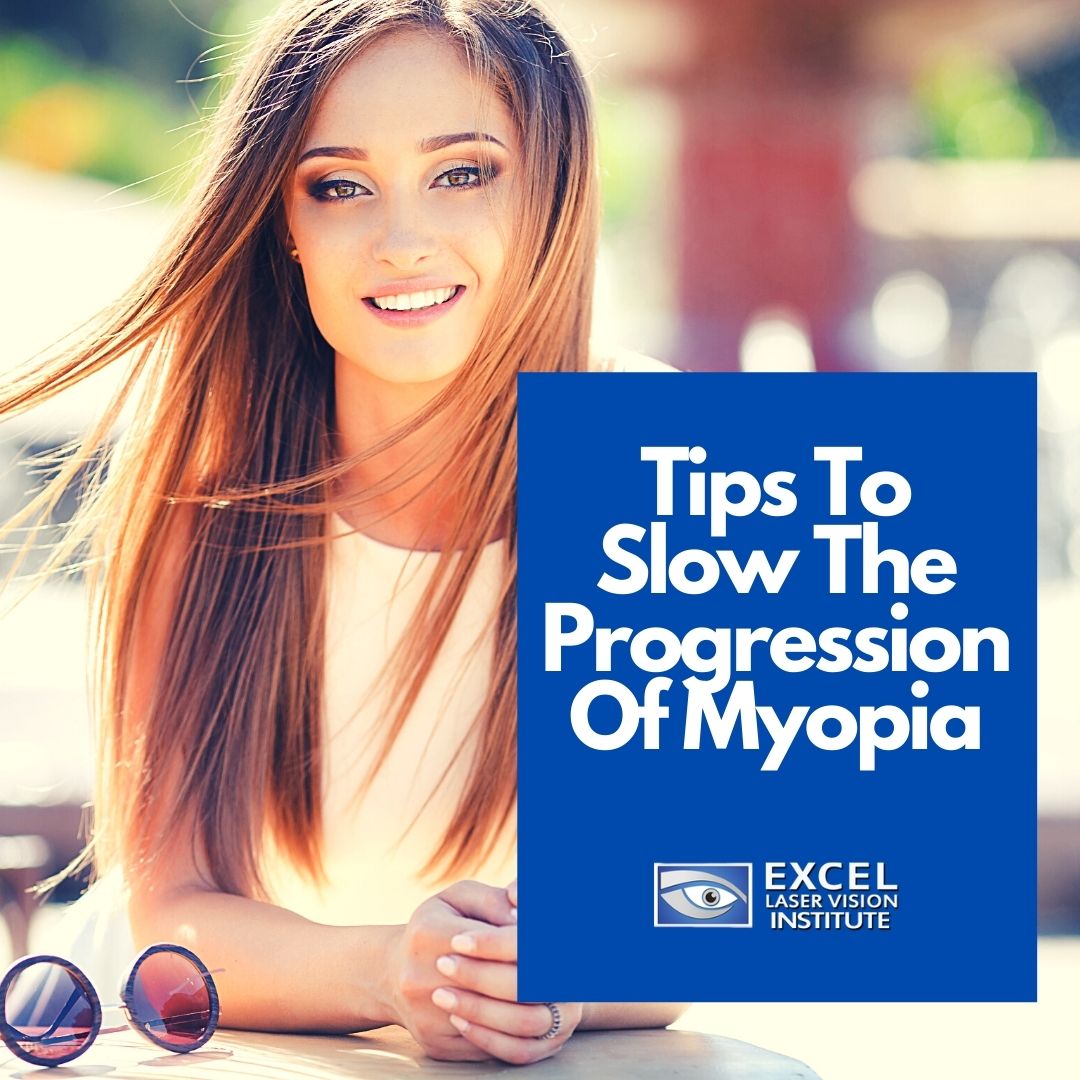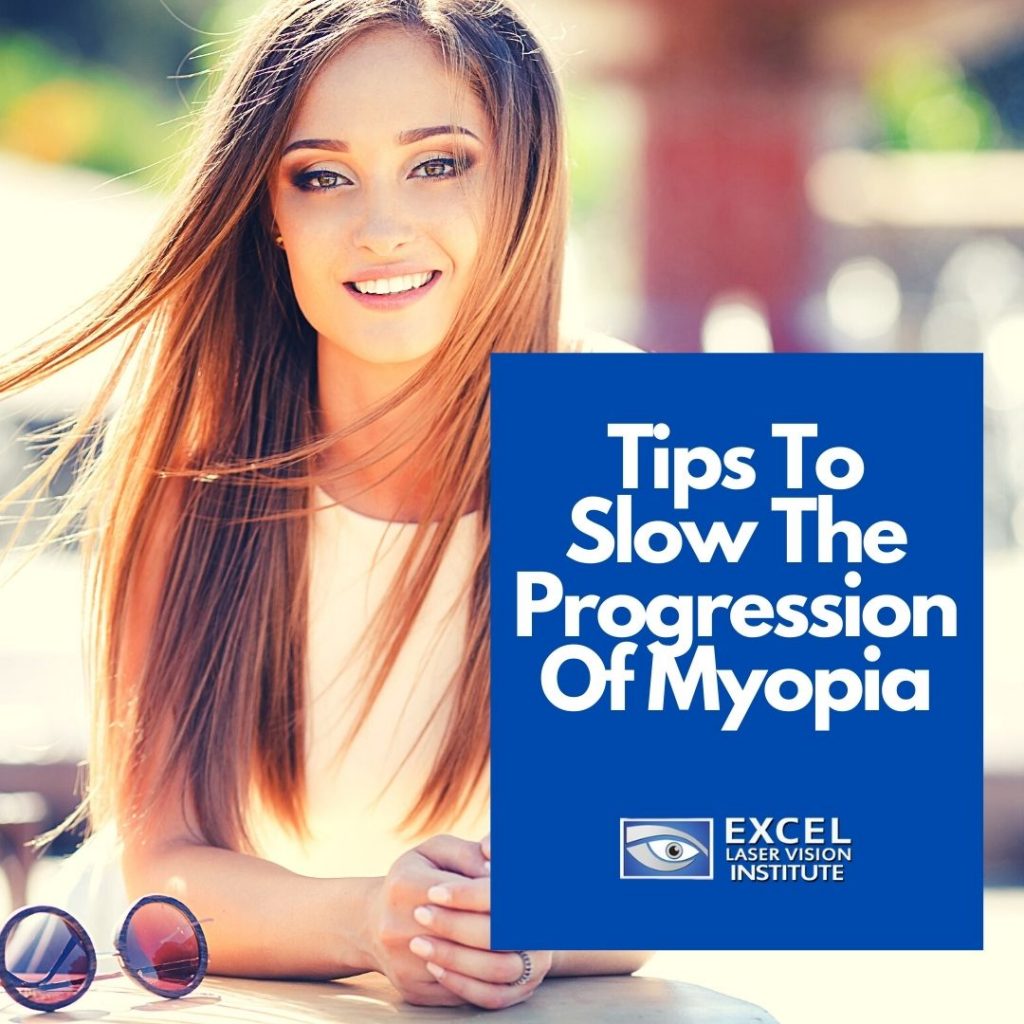
When you look at the number of people with vision problems on a global scale, you’ll see that myopia (otherwise known as nearsightedness or short sightedness) is one of the most common refractive errors. LASIK clinics have seen this trend increase over the years and recent studies have predicted that the percentage of people affected with myopia will nearly double over the next thirty years.

According to eye specialists, myopia happens when your cornea is too curved or your eyeball is too long. This distortion makes light focus incorrectly. Instead of falling directly on the retina, it focuses in front of it, which makes far away objects appear blurry. This is the complete opposite of hyperopia, in which far objects appear clear and closer objects are blurry. Many people seek LASIK eye surgery to improve their visual acuity as a cost efficient alternative to glasses and contacts. LASIK is known to treat myopia, hyperopia, and astigmatism.
Myopia usually starts developing for people in elementary school and then halts not long after they reach puberty. The condition, itself, is irreversible. However, treatments can be aimed at stopping its progression. The main goal is to achieve eye health at whatever level possible. Doctors are concerned about the recent increase in myopia because more severe cases are often linked to degenerative eye diseases. The World Health Organization cites myopia as the largest risk factor (other than age) for myopic macular degeneration, cataracts, glaucoma, and retinal detachments.
LASIK surgeons hypothesize that the integration of technology in daily life has contributed to the rise in myopia and the greater willingness for people to look into laser eye surgery cost and benefits. People around the globe, especially those who have office jobs, are spending over 8 hours a day staring at a screen. Even children are spending up to 5 hours a day on various handheld devices. It’s hard for our eyes to relax when they are constantly fixated on a TV, phone, computer, or tablet.
Fortunately, the advancement of technology over the last few decades has also allowed for the invention of more precise vision correcting lasers and methods of refractive surgery. If you look up “LASIK surgery near me” on a search engine, you will see that the availability of this procedure is growing exponentially. Not only can more people be qualified for LASIK, but it is also more affordable than ever.
Vision correction surgery is a convenient alternative to wearing prescription glasses or contacts and more people are starting to see this as a viable option. If you believe that laser eye surgery may be right for you, schedule a consultation with a reputable LASIK clinic in Los Angeles like the Excel Laser Vision Institute. Until then,
Here are some actionable steps that some individuals can take to slow the progression of myopia:
20-20-20 Vision Break
When staring at a screen for a long period of time, take a 20-20-20 vision break every so often. This means a 20 second break every 20 minutes by looking at something 20 feet away.
UV Protection
Spending time outdoors is a great way to get off digital screens. However, it is important to always wear UV protection. Studies have shown that children who are exposed to about 2 hours of natural light a day can decrease their risk of myopia.
Antioxidants
If you want to treat your eyes well, eat lots of foods that are rich in antioxidants. This includes fish, nuts, seeds, citrus, and green leafy vegetables. You can also take vitamin supplements to add to a balanced diet.
Eye Exams
The only way to know if you have myopia or if it’s getting worse is to have your eyes checked by a professional. Make sure to schedule regular eye exams in order to monitor your eye health. This is especially important if you currently have a prescription to correct myopia.



